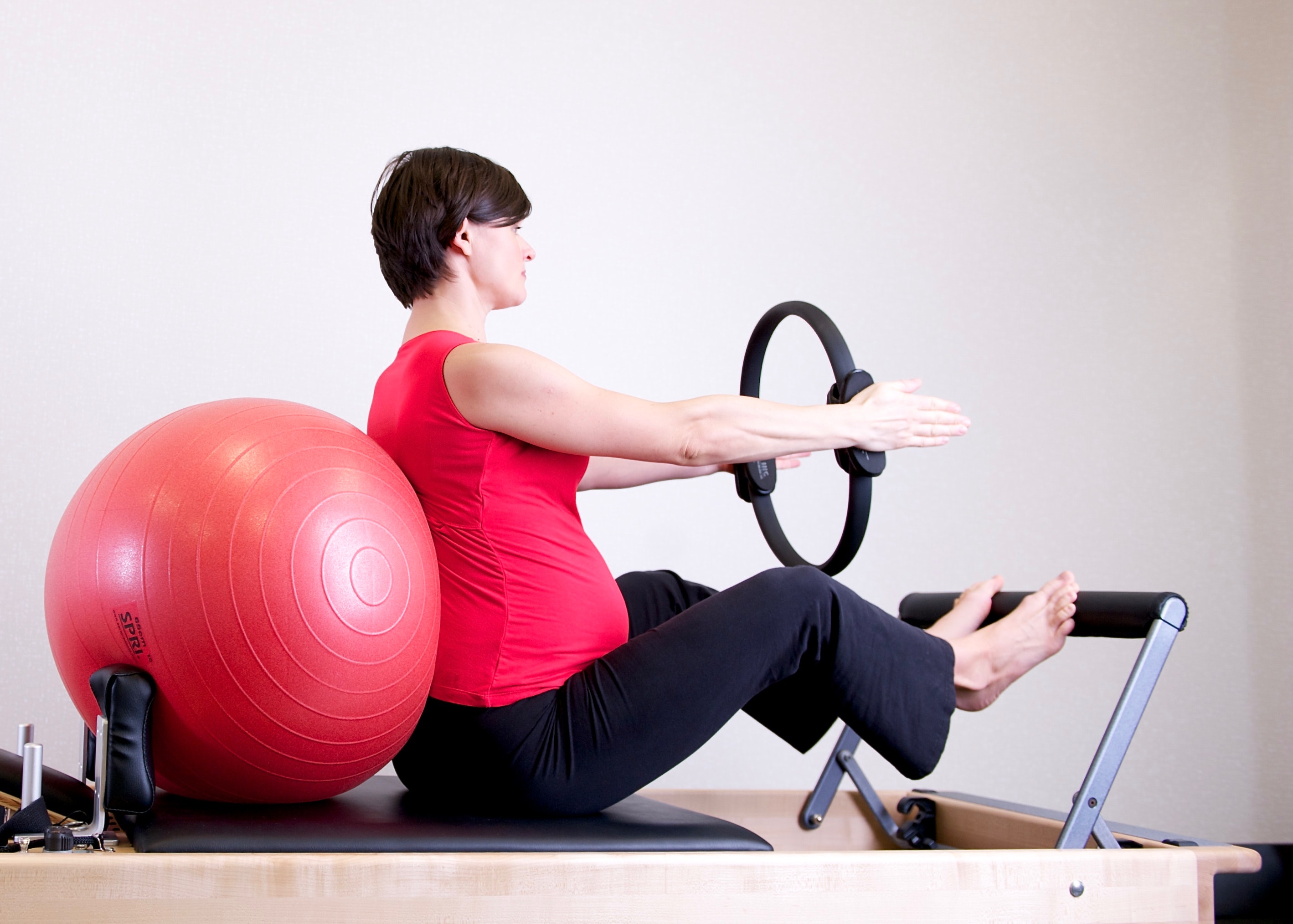All You Need To Know About Pregnancy Stretch Marks

Long before I got pregnant, I already had a picture of what I wanted to look like when pregnant and after delivery. The truth is, stretch marks didn’t feature in any of these pictures. When I eventually got pregnant, it was a different ball game entirely, at first there were no stretch marks on my body and I was of cause very happy with myself and thankful to God.
But the third trimester came, and boom! Out of the blues, stretch marks were all over my lower abdomen. I was horrified the first time I saw them. I kept thinking; What did I do wrong? Does this mean I now have to always hide my body? Will I still look attractive? All these and many other thoughts keep popping into my head.
I hated my body and just wanted to know there was a solution to my ‘predicament’. During this time I found solace in reading and asking questions about stretch marks and the following were what I was able to garner.

What Are Stretch Marks
They are fine, wavy, pinkish lines that appear on the body of susceptible women during pregnancy and puberty. Some men also have stretch marks. They, however, tend to affect women more than men. Stretch marks form during the rapid growth of the body, such as during puberty or pregnancy.
In pregnancy, they usually form during the last trimester and occur on the belly, but also commonly occur on the breasts, thighs, hips, lower back, and buttocks.
Causes Of Stretch Marks
Stretch marks are caused by the tearing of the inner skin layer called dermis. This often occurs as a result of the quick stretching of the skin associated with rapid growth or rapid weight changes. Stretch marks may also be influenced by hormonal changes linked with puberty, pregnancy, bodybuilding, or hormone replacement therapy.
Risk Factors That Encourage The Development Of Pregnancy Stretch Marks
There is little or nothing anyone can do about these risk factors as they are not under our control and can therefore not be regulated. The risk factors that encourage the development of pregnancy stretch marks are :
Age
A study in the American Journal of Obstetrics and Gynecology suggests that younger women are more prone to getting pregnancy stretch marks.
Medical Conditions
Rare genetic disorders like Cushing disease or Marfan syndrome are other indicators that one is likely to get stretch marks. Cushing disease is caused by increased levels of the hormone called cortisone. High amounts of cortisone lead to rapid weight gain and weakening of the elastic skin tissue. Just like Cushing’s disease, Marfan syndrome affects the body’s connective tissue and decreases elasticity in the skin tissue.
Genetics
Family history plays a significant role here. Whether or not you get stretch marks depends on your skin type, as some people’s skin is more elastic than others. In my family, my mom and sisters have stretch marks, so based on genetics, I guess the presence of stretch marks on my body is justified.
When Do Pregnancy Stretch Marks Start To Appear?
I started to notice pregnancy stretch marks when I was in my third trimester, however, my sister noticed hers much earlier than that – hers started to show in her second trimester. So the time pregnancy stretch marks appear is not fixed. In some people, it appears in the first trimester, and for others, it appears either in the second or third trimester or even after delivery.
The first sign you’ll notice is itchiness around that area of skin, it later expands, and the skin becomes thin and pink. I remember that before I noticed pregnancy stretch marks on my belly, I used to feel itchiness on my lower abdomen.
Tips To Prevent Pregnancy Stretch Marks
It’s important to do everything you can to help your skin stay elastic during pregnancy, that way preventing stretch marks from developing will be easier. Merely applying stretch marks creams or lotions is not enough. There is a combination of measures necessary for you to take if you never want to see those marks on your body.
You’ll have much better luck in preventing them than treating them. And this can only be achieved by taking care of your skin from inside out. Here are ways you can achieve this:
1. Stay Hydrated

The skin is the last organ to receive the nutrients we consume, including water. So if one or two glasses of your daily required amount of water are skipped, your skin suffers the most- it becomes dehydrated, dry, tight, flaky and more prone to tearing. You will need to drink even more water during pregnancy as your body needs all that water to create the huge water sack around your growing baby.
Water also helps with morning sickness, swelling, constipation and of course with keeping your skin’s elasticity. So you should add 2-4 more glasses to your daily water intake during pregnancy. Also, eat lots of fruits and vegetables that have high water content like melons and watermelons, cucumbers, tomatoes, celery, and lettuce.
2. Take Skin-Nourishing Diet

One of the first things you need to do after you find out you’re pregnant is to start eating healthy, nutrient-rich food. Not only will this help the child in your womb grow to be a healthy baby but it will also help with providing needed nutrients and vitamins your body requires. Also, taking prenatal vitamins which are essential during pregnancy helps, but that doesn’t mean you should rely only on your prenatal vitamins.
You need to make sure you get the daily recommended amount of vitamin A, E, D, and C. All of these vitamins play a big role in maintaining the health of skin cells. Zinc is also an essential mineral that contributes to our skin health. Legumes, whole grains, nuts, meat, eggs are the main foods that are considered zinc-rich. And lastly eating collagen-rich foods or foods that boost collagen production may also help in creating the building blocks (amino acids) you need for your skin.
3. Watch Your Weight
Being pregnant does not mean you should eat twice the amount of food you used to eat before you got pregnant. While it’s natural to gain weight during pregnancy, you should still control how much and how fast you grow in size. Talk to your doctor about your weight and what would be considered normal for you. Controlling your weight gain doesn’t mean you should diet instead, choose nutrient-rich foods.
Limit sweets and high-calorie foods that have little nutrition and avoid eating fast food.
4. Exercise

Moderate exercise has a ton of benefits for pregnant women. Whether it’s long or short walks, morning stretching, swimming or prenatal yoga. Try mild exercising. Not only will this contribute to burning excess calories but to improving blood circulation and maintaining skin elasticity.
When To Apply Stretch Marks Oil
Start applying stretch marks oil from the very first day you find out you’re pregnant. Along with a collagen-rich diet and maintaining your skin healthy from inside, it’s also important to keep your skin moisturized and supple from outside. Pick something that is chemical-free and preferably contains shea and cocoa butter. The combination of these two is said to do wonders in keeping our skin moisturized.
Raw shea butter is just as good. Rub it between your hands, it then softens to a great texture and is very soothing. Make sure that you rub shea butter into slightly damp skin. So it’s best to use it after a shower.
How To Get Rid Of Stretch Marks
Unfortunately, like any scar, stretch marks are permanent. However, while it’s almost impossible to completely remove stretch marks, the right treatment can make them less noticeable. Stretch marks fade over time on their own too. So don’t waste your money on skin products that claim to remove stretch marks.
There is no scientific evidence that they can. According to the American Academy of Dermatology, the two ingredients that offer some improvement to stretch marks are hyaluronic acid and tretinoin. For the best results, you will need to apply creams containing these ingredients on newly developed stretch marks by gently massaging the product into the skin( older stretch marks are harder to treat).
You need to be patient as you might start noticing some difference only after weeks of daily application. Tretinoin is only available by prescription. So you will need to talk to your dermatologist about your stretch marks to get the prescription. Please note that tretinoin is NOT safe for pregnant and breastfeeding women.
If you are pregnant or nursing, creams containing hyaluronic acid would be your best and only option. That’s because you should avoid all invasive treatments while pregnant. Dr. Wang encourages women to use products with Centella, the one ingredient he says is most supported by research studies. For more stubborn stretch marks, your other options are treatments performed by dermatologists which are :
Chemical peel
Laser therapy
Microdermabrasion
Microneedling.
Pin For Later


One Comment